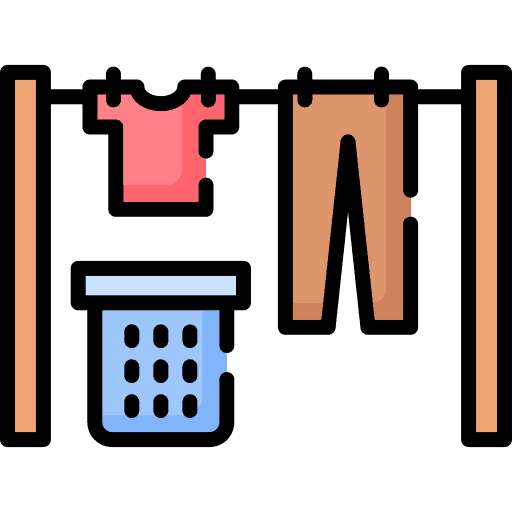Bedding / Sleep Advice
An In-Depth Guide on How to Wash a Duvet
Have you ever washed your duvet? It’s frightening how many of us respond “no” to this simple question. In fact, according to recent statistics, over 22% of us never clean our duvets, and 66% of us report that we don’t know how to.
Despite this, experts recommend washing your duvet every three to six months, as duvets are prime collectors of dust, dirt, and sweat, contaminating both us and our bedding over time!
If you fall into the no-wash or don’t know how to wash your duvet populations, fear not! This article will offer a step-by-step guide on how to wash your duvet.
How to Wash a Duvet: Step-by-Step Guide
It takes five steps to get your duvet into tip-top shape, so let’s go!
Step One: Always, Always Read the Label!
You could follow these step-by-step instructions down to the letter, but unless you’ve read the label on your duvet, you’ll have no idea if you’re doing it right. Why is this? Well, duvets can be made up of different materials, both the outer bag and the filling within – these may require a specific style of washing.
The tag sewn onto your duvet will give you precise instructions on how to wash and dry your duvet. By following these guidelines, you can be sure that you’re not causing harm to it in the process of washing it.
Top tip: The most important instruction to check on the label is whether your duvet is machine washable. If it is, great! If it’s not, you’ll have to be a little more careful.
Step Two: Prep Your Duvet
Preparing your duvet doesn’t involve giving it a pep talk before you wash it. Instead, we’re talking about checking it for stains and spot-treating these with a stain remover before you proceed to wash the whole duvet.
Top tip: Choose a gentle stain remover and try it out on a small piece of your duvet before slathering it onto a stain. This way, you can be sure that it doesn’t leave a mark of its own!
Step Three: Wash It!

Now, it’s time to wash your duvet. Use a gentle liquid detergent, preferably one for sensitive skin. Steer clear of detergents that come in powder form, as these can leave a nasty residue. Likewise, don’t use a strong detergent, as the harsh chemicals these contain can virtually ruin the fibres of your duvet.
When washing your duvet, ensure you pick a gentle or delicate cycle and set the temperature to cold or lukewarm, as this will protect your duvet from going lumpy. Add an extra rinse cycle in there for good measure so you can be sure all of the detergent is washed out.
Top tip: Having the right washing machine matters. For the best results, you’ll need to use a front-loading washing machine with a large capacity. So, if you don’t have one of these in your home, try your local launderette.
Step Four: Ready, Set, Dry!

Drying is a crucial element of washing a duvet, as you don’t want it to dry too slowly and smell damp. And you certainly don’t want it going mouldy, as this can have all sorts of health consequences!
If your duvet’s label says you can machine dry it, do so. Or, if the label suggests you can’t put it in the dryer, air-dry it instead. But there’s a knack to this – lay your duvet on a flat surface, keeping it away from bright, direct sunlight, as this will fade its colour. Give it sufficient time to dry fully before putting it back onto your bed or placing it in storage, as this will stop mould from forming.
Top tip: If you’re using a machine dryer, chuck a couple of brand-new tennis balls or dryer balls in with your duvet. This will keep it nice and fluffy!
Step Five: Store Your Duvet

We can’t stress this enough – if you choose to store your duvet, make sure it’s fully dry. This is so important; otherwise, you’re only going to have to wash it again when you pull it out of the storage space and realise it has mould all over it!
Keep it in a storage space with enough airflow and try not to place it in a plastic container, as this can trap any moisture!
Final Word on Washing a Duvet
Washing a duvet is a straightforward endeavour, so why do only two-thirds of the population do it? Well, either we don’t think we have to do it, or we don’t know how to. Luckily, this no longer applies to you, as you now have a step-by-step guide on washing your duvet! So, what are you waiting for?

